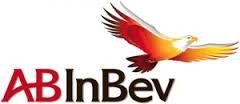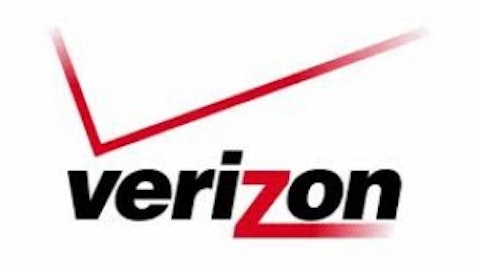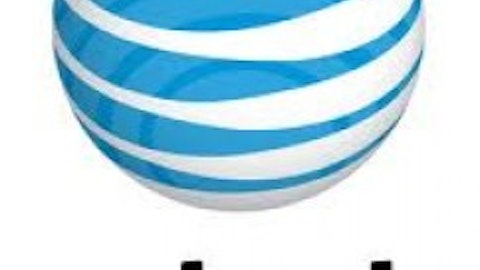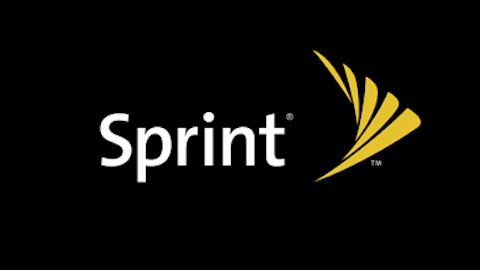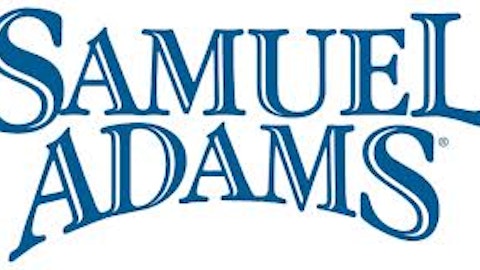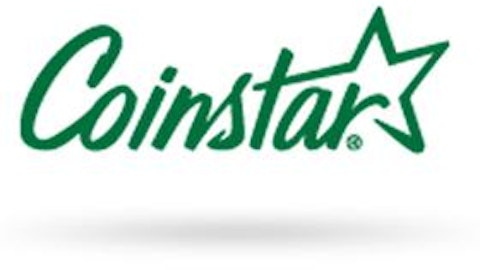The Fed may or may not get their forecast right regarding employment and the timing of QE tapering. But one thing is for certain, they have made it clear that bond funds can lose money very quickly. The iShares Core Total U.S. Bond Market is a proxy for a conservative bond portfolio with 44% in U.S. Treasuries, 31% in mortgage back securities, 24% in investment grade corporate bonds, and 1% in municipal bonds. This fund has lost more than 4% in just two months. And for every 1% increase in interest rates, this fund will lose another 5%. Normally, high coupon payments would be able to cushion the blow against rising rates, but not so here with a weighted average coupon of less than 4%.
Only four companies have a higher corporate credit rating than Apple Inc. (NASDAQ:AAPL). It should be a safe investment, right? The company issued 10-year bonds less than two months ago and investors have already lost more than 7% on this conservative investment. Other asset classes are showing their true colors as well. Commodities are showing they should be used as a byproduct and not for investment purposes. Emerging markets are extremely volatile and are currently suffering enormous losses. Given all this, it still seems to me that developed market equities offer the best risk/reward for investors with a time-frame of ten years or more.
When investing in equities it easy to look at the pain caused during bear markets. This is the emotional fear that should be replaced with an objective outlook. If one takes an objective view of the risk/return then they may see the upside in equities at this juncture in the recovery. The expected return on equities is simply earnings growth plus dividends plus changes in the price-to-earnings ratio. If you buy a high tech flyer at 200x earnings and this ratio falls to 20x, then it is likely that a permanent loss of capital will be the end result. However, if you buy wide-moat stocks with earnings growth of 6-8%, 2-4% dividend yields, and a reasonable P/E multiple then bear market losses will prove to be only temporary.
Happy Hour
Anheuser-Busch InBev NV (ADR) (NYSE:BUD) is the classic definition of a wide-moat stock. The company will make more than $17 billion in EBITDA in 2013, which is roughly twice that of the number two player in SABMiller plc (LON:SAB). They have just completed the Grupo Modelo purchase and ironed out the wrinkles with regulatory agencies. This is a good sign of just how wide ABI’s economic moat is. They own so many key brands, they were forced to let Constellation Brands, Inc. (NYSE:STZ) produce and market Modelo brands in the United States. ABI retains international rights to Modelo and owns more than 17 brands that produce annual sales in excess of $1 billion.
Credit: Anheuser-Busch InBev NV (ADR) (NYSE:BUD)
The operational performance at ABI is off the charts. The company has tremendous operating margins and has continued to grow them via relentless cost cutting and pricing power. Conversely, the two non-alcoholic beverage bellwethers are not even close and their profitability trend is declining.

Anheuser-Busch InBev NV (ADR) (NYSE:BUD) stock has given back more than 12% in recent months. There are two main reasons. First, 3Q12 results were a slight disappointment. Secondly, Brazil is the second most important market for the company and it is facing near-term headwinds. Societe Generale downgraded the stock recently because of the surging U.S. dollar. It has appreciated 13% versus the Brazilian real in recent months.
Neither of these things should matter for patient, long-term investors. Instead, view the company as we discussed above. Consensus is looking for earnings-per-share to advance 9% on average during the next two years to go along with a 2.5% dividend yield. The trailing P/E of 19x is a modest 13% premium to the S&P 500 Index and below many food and beverage peers. It may fluctuate as market sentiment swings, but it is unlikely to find a new permanent depressed level. The end result is that the stock will likely produce an average total return somewhere around 10% over the next market cycle. I don’t know of a bond fund that will be able to achieve 10% returns if interest rates normalize.
Quadruple Play
Another low-risk stock with plenty of long-term upside is Rogers Communications Inc. (USA) (NYSE:RCI). The Toronto-based company is Canada’s largest wireless carrier with more than 9 million subscribers. They are the second largest cable company in the country and also own several media assets. The company has high investment grade credit ratings thanks to the ability to offer phone, internet, cable, and wireless in a highly concentrated market. The result is steady growth, good dividend payments, and a stock well positioned to move higher.
The stock is ripe for patient accounts to swoop in following a more than 20% pullback. First, rising rates puts competitive pressure on dividend paying stocks. This is a viable headwind, but you don’t want to own bonds in a rising rate environment so I think dividend stocks will fare just fine after this near-time bout of selling. Second, Verizon Communications Inc. (NYSE:VZ) just bid $700 million for Wind Mobile in an attempt to enter the Canadian market. The competitive landscape is sure to heat up and wireless accounts for just over half of Roger’s total sales. Still, the company has a 34% market share in Canada and it is still a highly concentrated market with the top four players owning more than a 90% share.
Despite the additional competition, the company is still deserving of wide-moat status. Earnings-per-share are forecast to advance 6% per year. The company pays a 4% dividend that has grown at a 17% CAGR over the last five years. The payout ratio is still under 50%. I wouldn’t expect any permanent compression in the 12 times price-to-earnings multiple given that it is a big discount to Verizon Communications Inc. (NYSE:VZ)’s 18x forward P/E ratio. This stock looks positioned to return 10% annually, of course with years above or below this average, to investors and maybe more if the P/E ratio expands from a fairly depressed level.
The Foolish Bottom Line
Bond funds will be lucky to break-even if rates increase another 100 to 200 basis points and achieve historical averages. At best, they might achieve 2-3% annual returns if rates just inch up over the course of several years. Alternatively, there are wide-moat stocks that can easily achieve 10% annual returns without too much additional risk.
The article Good Luck Getting a 10% Return From Your Bond Fund! originally appeared on Fool.com and is written by Justin Carley.
Justin Carley has no position in any stocks mentioned. The Motley Fool recommends Rogers Communications Inc. (USA) (NYSE:RCI). Justin is a member of The Motley Fool Blog Network — entries represent the personal opinion of the blogger and are not formally edited.
Copyright © 1995 – 2013 The Motley Fool, LLC. All rights reserved. The Motley Fool has a disclosure policy.
